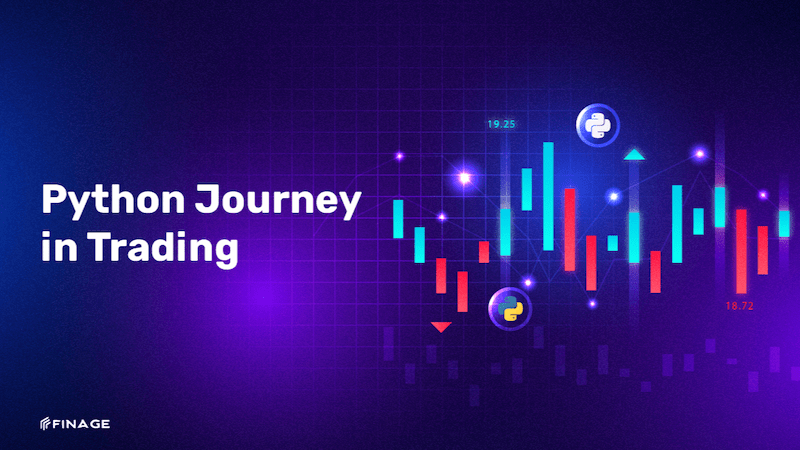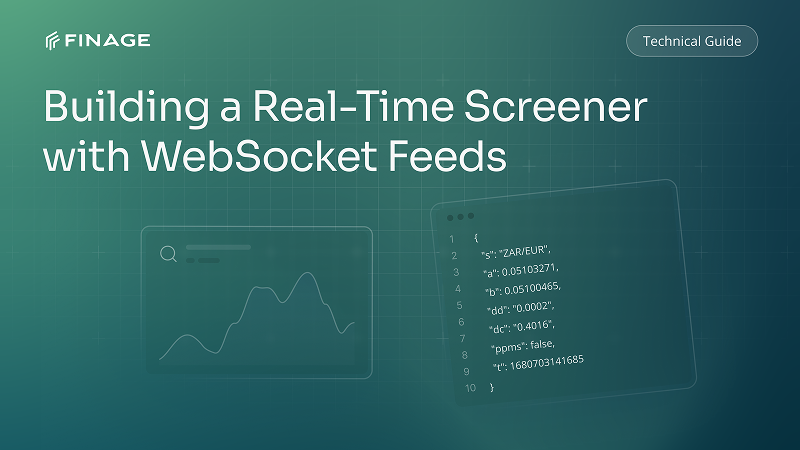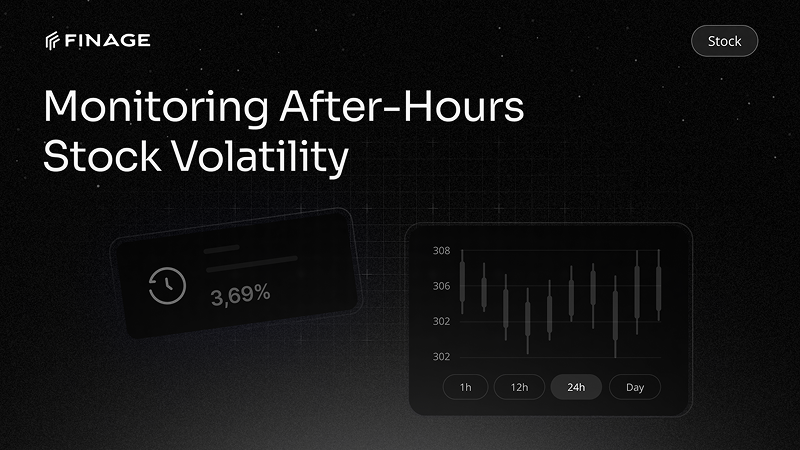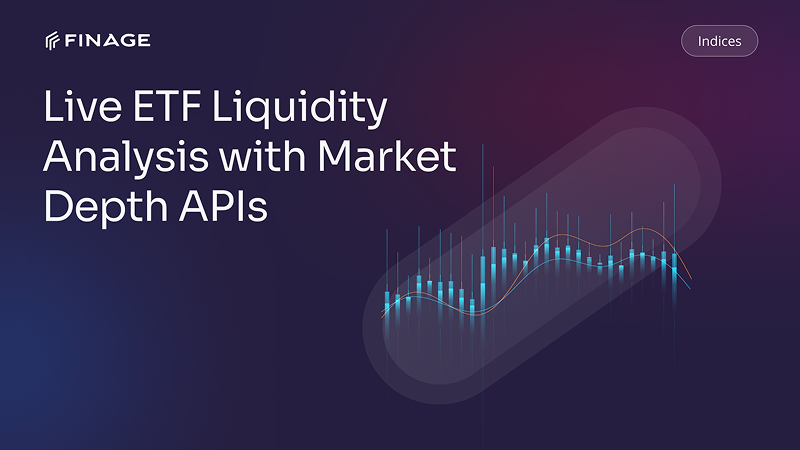Introduction
The modern age is such that just about everything that helps with quality of life has gone digital or is already headed that way. The stock market wasn't safe from this and has entirely gone that route. Because of this, many participants are looking for any available tool that will give them an edge and at the base of some of these is a coding language.
The coding language you are about to get into is Python and in doing so, you will get an idea of what it is in a nutshell. By the end of your read, you will have an appreciation not only of Python but how code works in the marketplace.
Contents:
- What is Python?
- How to use Python for trading
- Testing and assessment
- What to expect if you use Python
- Positive aspects
- Negative aspects
- How it matches up with another alternative
- Final thoughts
What is Python?
Appearing over 30 years ago, Python is a programming language that works at an elite level while also being able to be applied to anything. This is due to it being relatively easy to read, which is a result of its dependence on significant indentation.
Like other languages out there, Python is essentially the base code of any tool that is going to be built. This makes it similar to other languages such as JavaScript and C++. In today's world, all of these are used for the same things which include:
- Software development
- Website and application development
- Task automation
- Data analysis
- Data monitoring
What you will find interesting is that all of the above uses make any of these languages very useful in the trading space. We are talking about Python, however, and its contribution to trade comes in the form of the many trading solutions that have been built using Python like:
- Apps
- Libraries
- Tools
- Bots
You will find that irrespective of what strategy you decide to use, a Python-based tool will help it along. How does it do this? Let’s read on to find out!
How to use Python for trading
As already implied, using Python in this sector has everything to do with the development of applications and tools that will serve you in whatever way. For those of you who have experienced it the path to using Python requires obvious knowledge of programming.
For this specific language, you will have to know the following:
- All of its components, which include features, software platforms, open-source applications, and management systems
- How to properly install Python packages
- How to use Libraries or existing modules and functions
Once you have these things figured out, you can get into building not only applications and tools but entire strategies. This process can be quite experimental to an extent and the only thing to keep in mind in this journey is that you stick to what you need.
Testing and assessment
With everything that Python brings to the table, you are bound to get to where you need to go, but whatever you create will not be complete without backtesting. At this point, you will use historical data to gauge whether or not your strategy is up to the task. This is best achieved by charting the moving averages, which are a specified piece of data's mean over some time.
Once the backtesting is complete, you can make a final assessment concerning whether or not it is ready for deployment in the real world. This can be gauged in several ways, all dependent on the strategy created.
The most common is simply looking at the possible annual return, which will show if an investment will gain or lose money. If you deem your strategy ready, then you might as well take the risk.
What to expect if you use Python
As with all things, using Python is not a clear-cut solution to your trading problems. So, before you even think of using this particular language you need to know of its benefits and drawbacks.
Positive aspects
A lot of Python's advantages have everything to do with just how relatively easy it is to use compared to other languages. When you are dealing in the trading business, anything that is both functional and easier is often the way to go. In the case of Python, it is easier to:
- Read
- Write
- Code
- Test and fix issues
- Make analysis
Its dynamic nature also makes for a coding process that is not only quicker but comes with high computational abilities, which are perfect for algorithmic trading.
All of this means that it can make quality tools at a fraction of the time other languages can. The presence of extensive Python libraries also means that little code needs to be written, which also aids in speedy tool creation. Because of how effective Python is with time, the cost of coding also takes a similar dip, which makes it far more desirable.
Negative aspects
As you can imagine, Python's not all good and has one major drawback you may want to think about before diving headfirst into a project. This has everything to do with just how many variables have to be taken into consideration as the tools are built. All these variables are going to be stored even including the unnecessary ones, leading to bottleneck problems and memory leaks.
How it matches up with another alternative
When put up against a language like C++, Python holds its own. For starters, it is a later version and thus, much easier to use. That said, C++ fits into the trading world in a way that allows it to work in sub-second time frames, which Python can't do.
Just by looking at this as well as the pros and cons of Python, you can tell that your choice of programming language should always depend on the project at hand and the resources available.
Therefore, Python is a powerful solution and you can use different frameworks (Django, Flask, Pyramid, and more) in various aspects of trading, from backtesting and automating strategies to analyzing market data, and historical and real-time data. Backtesting can be done with the help of libraries, for example, Backtrader, Zipline, or PyAlgoTrade. By backtesting your strategy, you can evaluate its performance and make adjustments before applying it to live markets.
Another way to use Python mixed with other alternatives in trading is by connecting to interactive brokers. This can be done using different libraries such as ib_insync or ibapi, which allow you to trade live markets and access real-time market data. You can also use this mix to automate trading on various platforms such as Binance, Bitmex, etc.
It can also be used for data analysis. You can analyze and visualize market data for trend identification and other insights.
Additionally, Python's powerful machine learning libraries such as sci-kit-learn and TensorFlow can be used to implement algo trading models to predict market trends and automate trading decisions. So it is crucial to remember that while Python can be a valuable tool in trading, you need to have a clear understanding of the financial markets, trading strategies, and risk management before using it for the niche.
Final thoughts
It is pretty clear from the above that the Python language's popularity is well-earned. The fact that the element of machine learning has been recently added to the mix has made Python that much more useful. As advantageous as it can be, always expect the unexpected when it comes to trade.
The one drawback may be enough to steer you away, but those new to this field would be better off using Python. Now that you know how valuable the Python language is to trading, you can properly look into how useful it is to you and your work.
You can get your Real-Time and Historical Market Data with Finage free API key.
Build with us today!
Claim Your Free API Key Today
Access stock, forex and crypto market data with a free API key—no credit card required.

Stay Informed, Stay Ahead
Finage Blog: Data-Driven Insights & Ideas
Discover company news, announcements, updates, guides and more



